Complete Guide to Making a Successful Planning Application
For many self builders and renovators, applying for and gaining planning permission is one of the most frustrating elements of creating a new home.
Developing a successful scheme that matches up to your expectations, whilst also fitting in with local and national policy, takes time and experience.
One part of the process that should prove relatively straightforward is actually submitting the formal application for your preferred design – but it’s vital that you tackle the task with care and attention.
Mistakes and omissions at the planning stage can cause frustrating delays or even jeoardise your chances of success.
How to get planning permission first time
Whether you’ll be making your own application, or have a planning consultant or architect on board to do it for you, it’s worth knowing what’s involved and how you can get the best from it.
This comprehensive planning guide walks you through the entire process, from filling in the forms to preparing for meetings.
Where can I apply for planning permission?
The simplest way to make a planning application is online via the Planning Portal. This website presents you with a series of easy-to-follow questions to establish the type of application you need to make and to which council you must apply.
Learn more: Understanding Planning Changes
It then enables you to fill in the relevant application forms, attach documents and drawings, confirm the appropriate fee and submit them. Handily, you can even save your progress and return to the application at a later date.
There’s a simplified process, known as a householder application, for extensions and alterations to an existing house. For everything else, including new builds and conversions, you’ll use a standard, more detailed form.
Additional information is needed if the works involve a listed building or demolition in a conservation area. In fact, technically two applications have to be made to gain approval for this kind of project; one for conventional planning permission and the other for listed building or conservation area consent. All of this can be done through the Planning Portal.
Read the full story: Modern Oak Frame Self Build
An alternative to making your planning application online is to download and print out the forms from your local council’s website or collect copies from their offices. You can then fill them in by hand, photocopy and post them off, together with hard copies of the planning drawings and reports.
If you go the manual route, it’s crucial to check how many duplicates of the forms and other documents the council wants submitted – otherwise they won’t validate your application, which will delay your project. It’s only when an application is validated that the clock starts to tick on the eight weeks decision-making period.
Types of planning permissionBe wary of buying a site without permission – there may well be a reason the owner hasn’t sought permission, and there’s nothing worse than buying a plot you can’t build on. Outline planning permission (OPP) informs you that building on a plot is permissible in principle. Plots with OPP sell for much more than those without any permission, so it’s very unusual to find a good slice of land without some kind of consent already arranged. The next step is to obtain detailed planning permission (DPP), the application for which must be submitted within three years of the OPP. This gives you permission for a specific house and denotes the exact size, design, layout, external materials and location of the property on the plot. Some plots come with DPP already in place, but it’s still possible to submit plans for an alternative design. |
Do I need planning permission?
To facilitate a range if different types of construction, the government has evolved a complex series of rules under the General Permitted Development Order. In effect, the Order grants a blanket consent for all the projects its covers.
The guidelines enable things like certain types of extensions to houses, garden outbuildings and an increasing array of changes of use.
Schemes that fall under the permitted development (PD) umbrella can be undertaken without planning permission.
23 Projects You Can do Without Planning Permission
|
Some of these, especially rights to convert things such as farm buildings, offices, shops and business premises to residential use, involve a limited approval process. This involves a kind of mini planning application that enables the council to check for things like flood risk, contamination and any potential highway safety issues.
Permitted development rules are complex. For peace of mind, obtaining a Lawful Development Certificate will ensure that your local authority agrees your proposed scheme is covered by PD.
Note that these allowances can be removed or restricted by conditions attached to a planning permission, or by an Article 4 Direction. The latter is most commonly found in conservation areas.
What’s in the planning application forms?
One of the first things you’ll notice is that the planning application forms contain a number of questions about non-residential projects, which are completely irrelevant to self builders and renovators. Ignore these or, if an answer is required, simply enter N/A (not applicable).
The forms are fairly standard across different councils, and the key areas you will need to address are as follows:
Description of development
Resist the temptation to embellish your project description, as too much information can actually prejudice your planning application. Short and sweet works best: ‘Detached house and garage’ is a perfect example.
Access
This is a straightforward section requiring yes/no answers. If you’re creating a new access (such as a long driveway) you’ll need to check the ‘yes’ box; if not you can tick ‘no’.
Waste storage & collection
This part of the form refers to household waste (ie that generated once the property is occupied, as opposed to construction waste). Generally, it’s enough to state that there’s ample space inside or outside the house for bin storage.
In most cases the detail box regarding arrangements for recyclable waste can simply be filled out with the words ‘Council’s domestic recycling scheme’.
Materials
The more specific details you can give on what materials you’ll be using in the scheme the better, as this will give you the best possible chance of gaining consent for products that suit your requirements in terms of aesthetics and budget.
You’ll be invited to set out your product choices for walls, roofing, windows, doors and more.
Sometimes councils impose conditions on a planning approval, requiring you to submit more information or even samples of products that have to be individually approved after permission is granted. This takes control over the specification away from you.
Providing sufficient information on the application form will minimise the risk of this happening.
Read the full story: Modern Timber Frame Home on a Garden Plot
Parking
In this section of the form, you’ll need to give a reasonable estimate of how many cars your scheme is designed to accommodate; not how many you could cram onto the drive!
Be sure you meet your council’s parking standards – which should be accessible online and will usually cover everything from preferred bay dimensions through to how many spaces are required/allowed for different sizes of house (often reliant on the number of bedrooms).
Foul water and sewage
This type of drainage must be considered at the planning stage. Whilst there is a handy ‘don’t know’ option, it’s better to include on your forms what method of sewage disposal you intend – such as connecting to the mains or a septic tank.
If foul drainage is to a public sewer, ensure you can connect to it without crossing someone else’s land.
Flood risk and surface water
If your site is categorised within flood risk zones 2 or 3, as defined on Environment Agency flood maps, you’ll need to submit a flood risk assessment showing how your design mitigates any issues.
You’ll also be required to show how you propose to get rid of surface water. Note that soakaways (basically pits filled with hardcore) don’t work effectively where there are heavy clay soils; so don’t just assume this apparently easy option is viable for your scheme.
Biodiversity (flaura and fauna)
If you suspect there may be protected species on your site, you’ll have to grasp the nettle by indicating this and getting a survey done. This should set out what measures will be put in place to conserve them.
Conversions and demolish-and-rebuild projects can involve issues with bats, for example, while proximity to ponds could indicate the presence of newts. Badgers and owls are among the various other protected species.
Read more: Plot assessment checklist for self builders
Trees and hedges
If there are any examples close to where you’ll be building, you’ll have to submit a tree survey alongside your application that details how they’ll be dealt with, including which will be preserved and which taken down. Some specimens might be subject to tree preservation orders.
Certificates of ownership
Assuming you own all of your plot, and the access to the road, you will need to sign certificate A. If some part of the site isn’t in your ownership – say you have a shared access, or you are buying the land and haven’t yet completed your purchase – then you must complete certificate B.
With this route you must also serve a notice on any other owner detailing what you’re applying for (you can download the notices from the Planning Portal). Certificates C and D apply where you don’t know who the other landowners are – this is common where access is over a private, unadopted road.
Understanding planning jargonPlanning permission, approval and consent are all terms that amount to exactly the same thing. Similarly, certain phrases, like green belt, conservation area (CA), area of outstanding natural beauty (AONB) and national park all have the same defined meanings, countrywide. Unfortunately, when it comes to individual councils who administer the planning process, you’ll encounter a variety of jargon. Policy documents, the naming and wording of texts, the titles of planning staff and names of departments can all vary greatly. It’s also worth bearing in mind that local authorities often can’t resist the temptation to change well-established and understood language on a regular basis. |
What planning drawings are required?
Apart from accurately and attractively showing what you want to build, the application drawings you submit must be completed to prescribed scales, have a scale bar on them and a north point to indicate the plot’s orientation.
The eagle-eyed staff at council planning offices are employed to spot deficiencies in drawings, and will delay validating your application if they’re not up to scratch.
Pay particular attention to the site location plan, where you or your designer should define the application site (the portion that’s affected by your plans) by edging it in red. Any additional land in your ownership that isn’t part of the site should be edged in blue.
Pre-application meetingsOnce you’ve established the basics of what you want to build, find out whether you can have a preliminary pre-application meeting with the planning office (some councils charge for this service, but even then it’s generally well worthwhile). Take along a sketch and details of the build and ask whether the officer can foresee potential problems. If you’re able to spot potential issues now, you can save on the time and expense of sorting them out later. Read more: Getting the most out of a pre-application meeting |
So, if you were applying to build on one side of your garden, the plot would be edged red and the rest of your garden blue. Ensure the red line coincides exactly with the extent of your proposal and ownership.
One point to watch out for when you’re uploading plans to the online Portal is that the names of the documents mustn’t contain commas, dashes, slashes and so on. To ensure your documents aren’t rejected, use letters and numbers only.
What reports should be submitted?
Your planning application may have to be accompanied by a number of different reports that identify how certain areas of the scheme are to be addressed. For example, we’ve already noted situations where flood risk assessments and tree surveys might be required.
In addition, where the proposal could be considered in any way contentious, you should also provide a planning statement that addresses how the scheme complies with national and local policy, along with a design statement that fleshes out the logic of the scheme. Supplying these documents will greatly improve your chances of success.
If your plot is in a conservation area, or the project involves or is close to a listed building, you’ll also need a heritage statement. If access to and from the plot is potentially dangerous, you might need to provide a traffic statement demonstrating how it’s not a hazard.
Read more: Expert tips for getting planning permission in a conservation area
When you start putting together an online application, be sure to check the documents section to see what the Portal is asking for. Occasionally it will insist on the inclusion of something seemingly irrelevant, such as a noise survey for a secluded plot.
To get round this, create a document entitled ‘Noise Survey’ and write on it why it isn’t needed. That will satisfy the Portal, which is essential, because it won’t let you submit your application unless all its questions are answered.
Other potential areas where reports might be needed include:
- Archaeological reports Sensitive areas that might require an archaeological dig are often identified in Local Plans. If your plot is highlighted this may involve extra cost and delays.
- Sustainability & eco plans The council will be keen to hear how you intend to reduce the impact of your new home on the environment. This will include carbon-saving measures or sources of renewable energy/water harvesting that you intend to use.
- Highways & sightlines The highways authority will scrutinise your planning application to ensure it has adequate access to a highway, and can recommend refusal if access is not considered adequate. They will look at sightlines to check, for example, whether your driveway will be safe for pulling out onto the highway.
- Soil contamination Contamination due to former industrial use or tipping, for example, should be picked up at the planning stage and further investigation will almost definitely be needed. Surveys for contamination will delay your build.
Planning application fees
In January 2018, planning application fees were increased by 20%. These charges must be paid shortly after you submit your application. Most councils have a web-based payment facility, or you can complete this step over the phone. Any delay here will hold up validation of your application – pushing back your decision date.
Here are the current planning fees:
Outline applications
- £462 per 0.1 hectare for sites up to and including 2.5 hectares
- £11,432 +£138 for each 0.1 in excess of 2.5 hectares up to a maximum of £150,000
Alteration and extension applications
- £206 for changes to a single dwelling, including works within boundary
Full applications
- £407 for alterations and extensions to two or more houses including works within your boundaries
- £462 per dwelling for developments of up to and including 50 houses
- £22,859 + £138 per additional dwelling in excess of 50 up to a maximum fee of up to £300,000
For more information visit the planning portal’s detailed fee guide.
If your local council operates a development charging structure under the Community Infrastructure Levy (CIL), then you’ll be obliged to submit two forms with your application. One of these is to establish whether you’re liable for the CIL, while the other is to claim the self-build CIL exemption (there’s also a form to access the exemption for extensions and annexes). You can download both of these documents from the Planning Portal.
Making your planning application
So, with all the basics in place, what’s the best way to approach the application proper?
Be positive: Do your best to sell your vision for the site. As well as properly prepared location, floorplans and elevations, consider artists’ impressions, photo-montages or a model of the house. Mapping out landscaping, with planting plans and intentions to encourage native species is also a good idea.
Submitting: Your planning application can be submitted online or on paper and must be accompanied by the application fee (calculated for you if you apply online). The council will register the application, then a consultation period of three weeks allows neighbours, the parish council, highways authority and environment agency to comment on the plans. Your planning officer will then visit the site.
Decision: Once the submission is in, keep in touch with the planning officer to ask how it’s progressing. This is a handy way of ironing out any problems as they come up. At this early stage, it’s still possible to withdraw your application and re-submit with corrections. You will hear when the planning office has made a decision on your case.
Refusal and appeal: If your application is refused, a discussion with your planning officer could be enough to work out a compromise and allow you to make a revised application without incurring another fee. If you’re still unsuccessful, the next stage is an appeal – which must be made within six months of refusal. For more advice, read our guide to planning appeals.
Next step: How to Get Planning Permission First Time
Top image: Lesley Richardson overcame three years of planning battles to build the house of her dreams in a stunning country location.

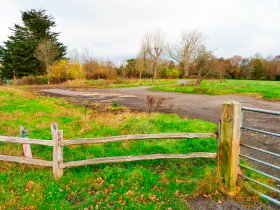


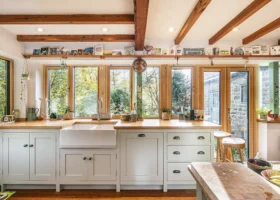




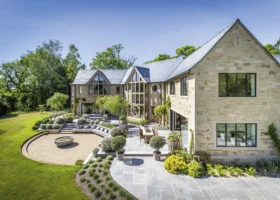









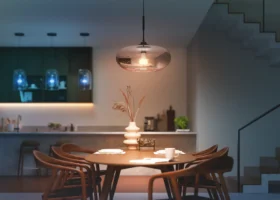
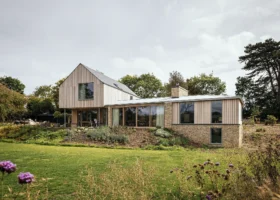

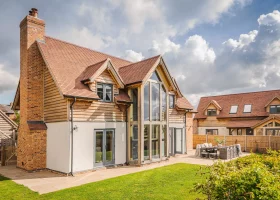


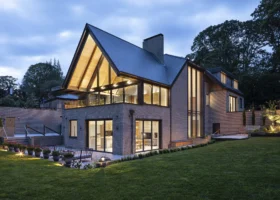













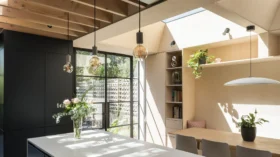


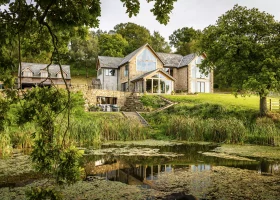
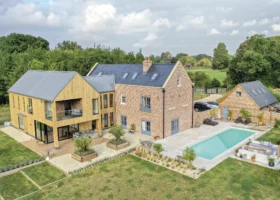

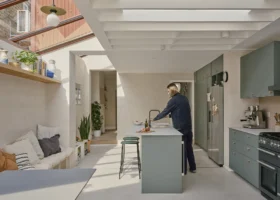
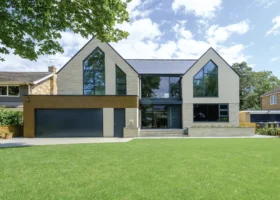
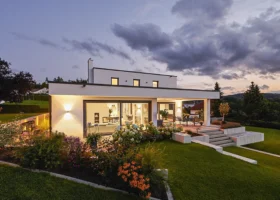





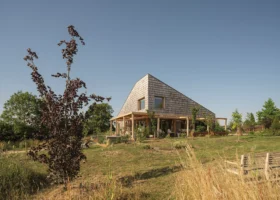




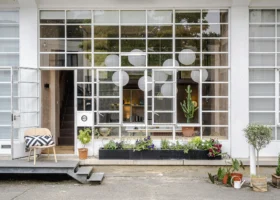
























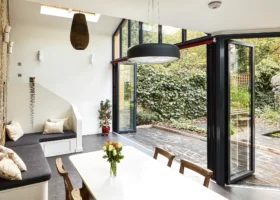














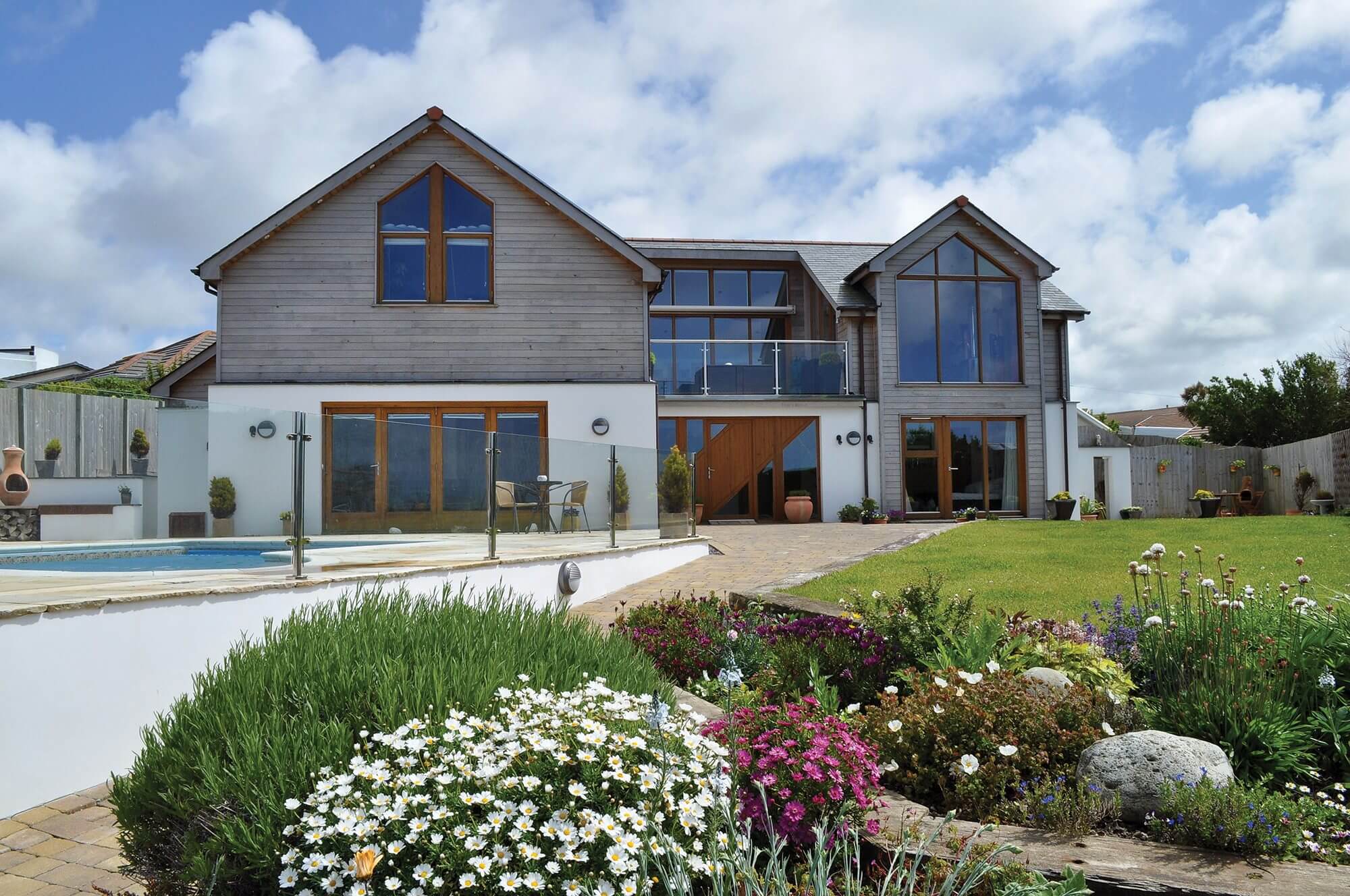
 Login/register to save Article for later
Login/register to save Article for later

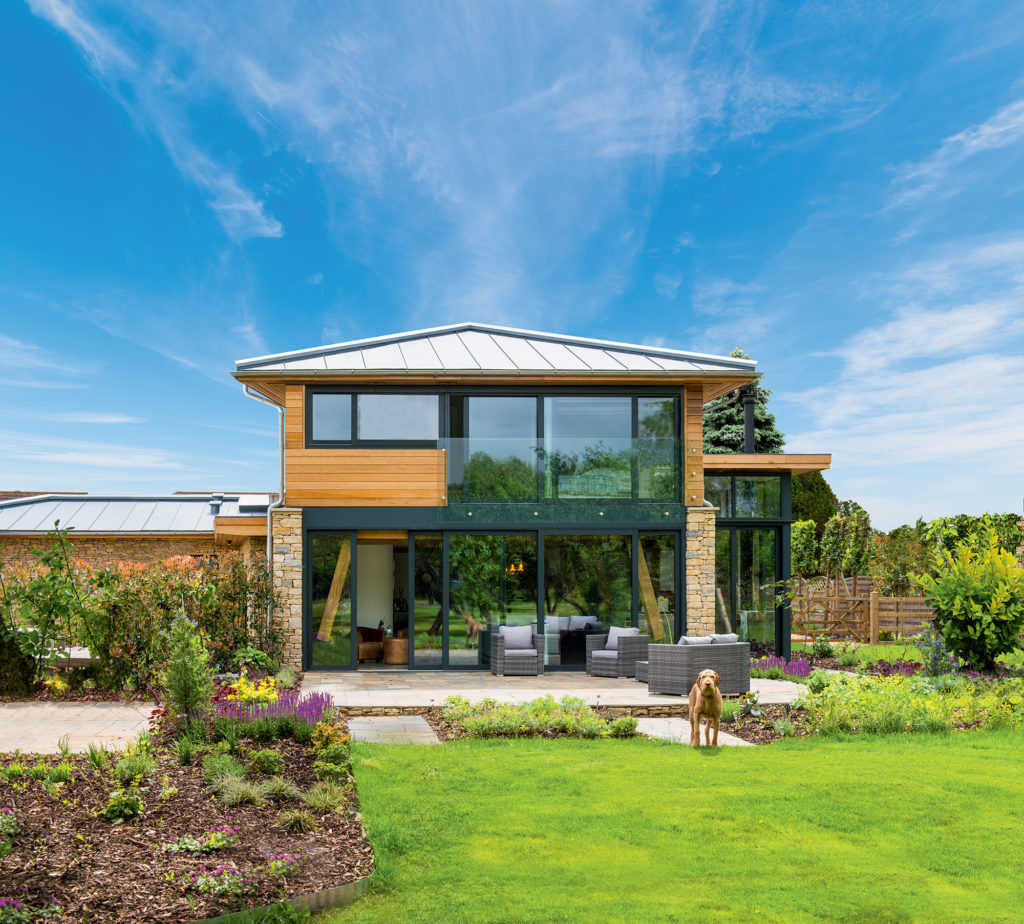
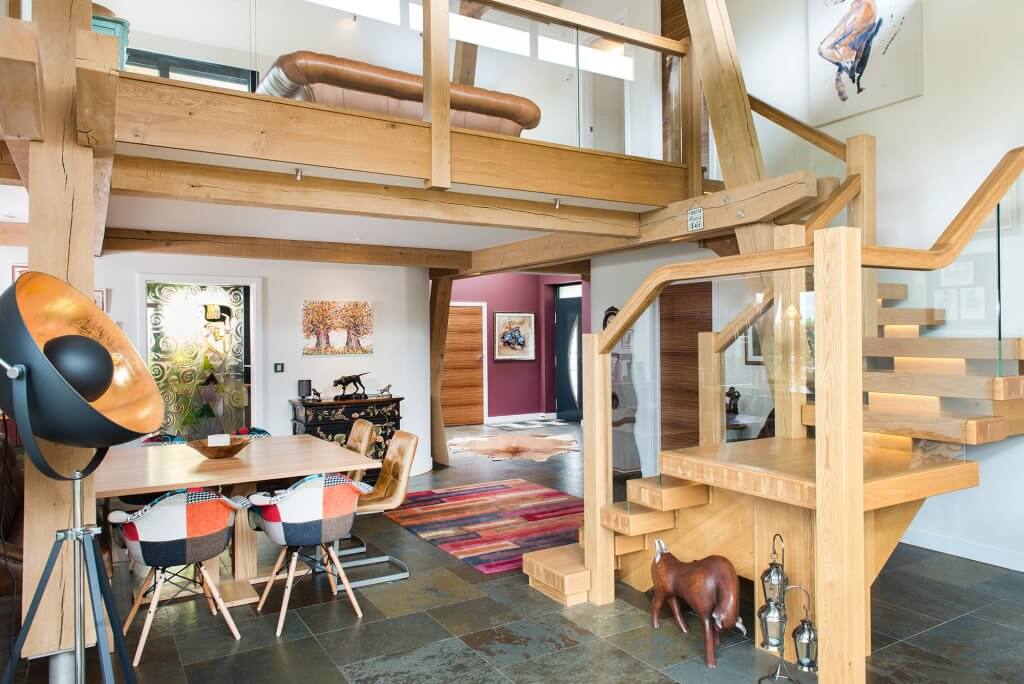
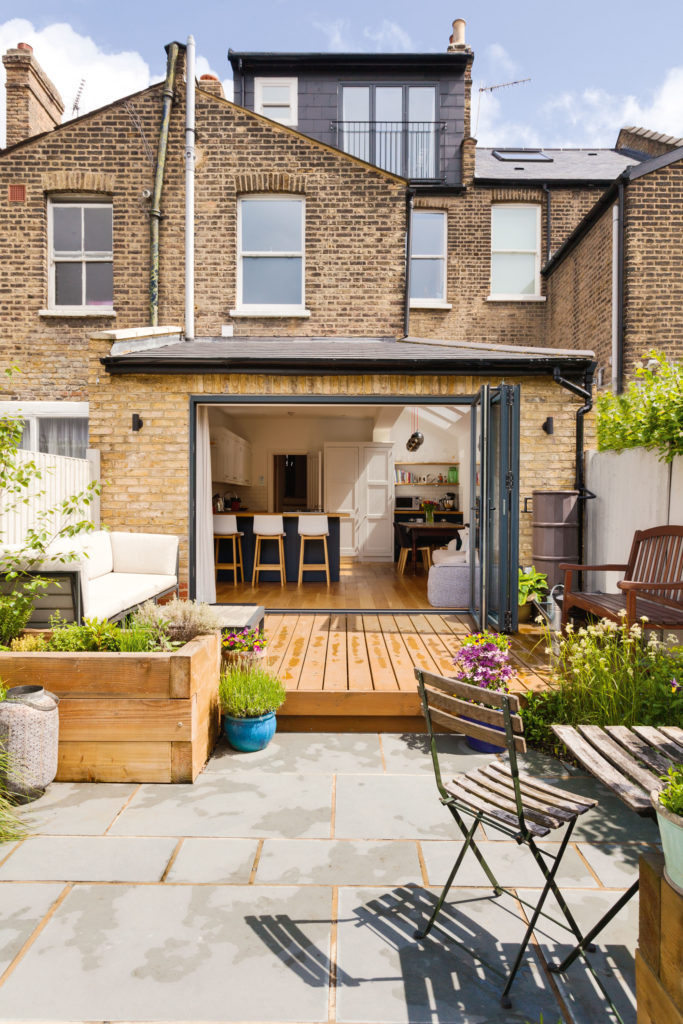 Extension on terraced houseThe PD regime allows you to embark on a whole host of home improvements, from extensions through to adding solar panels or other
Extension on terraced houseThe PD regime allows you to embark on a whole host of home improvements, from extensions through to adding solar panels or other 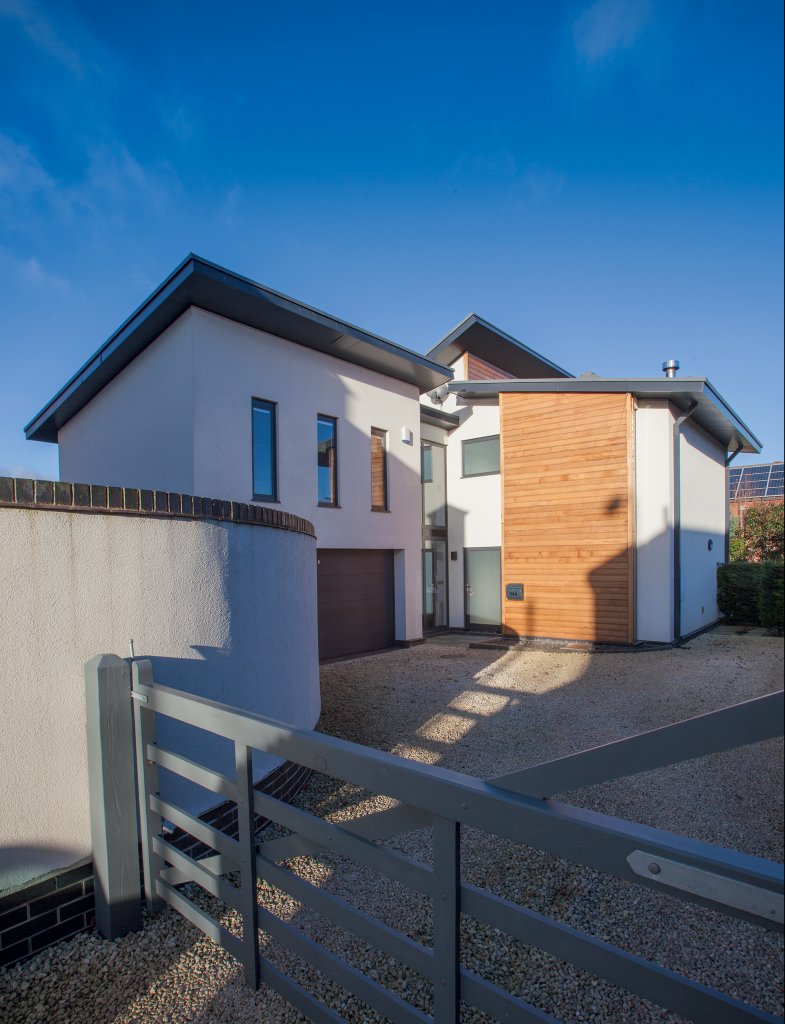
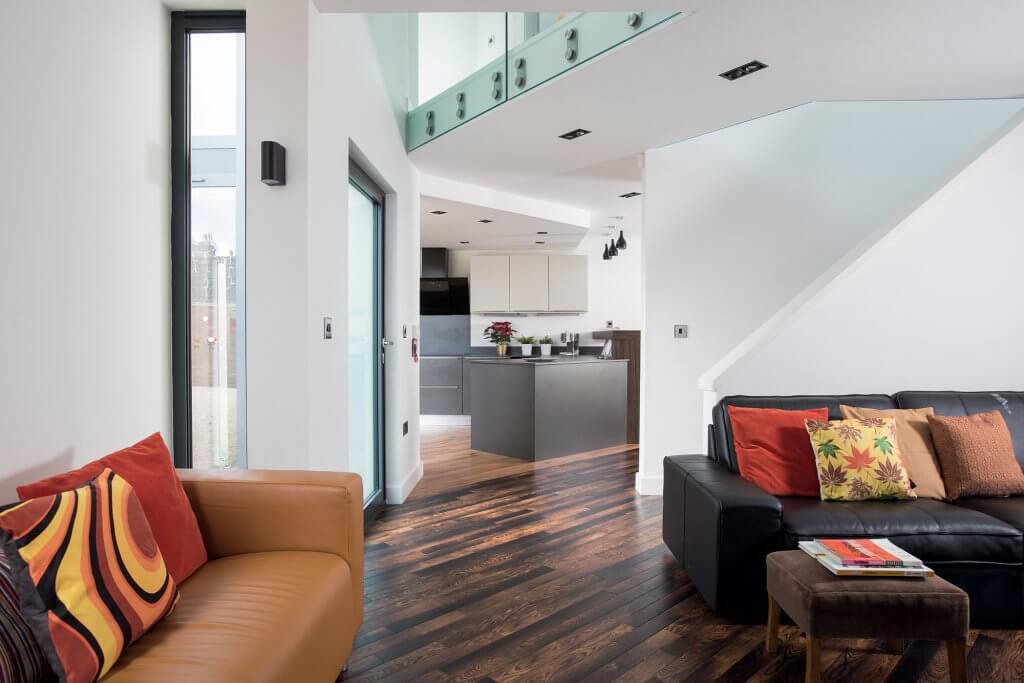



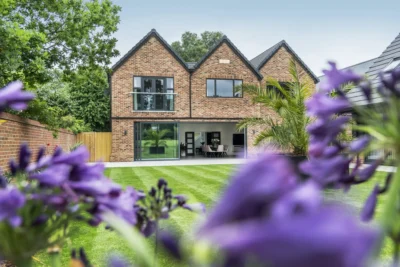

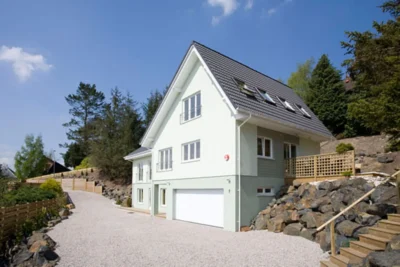
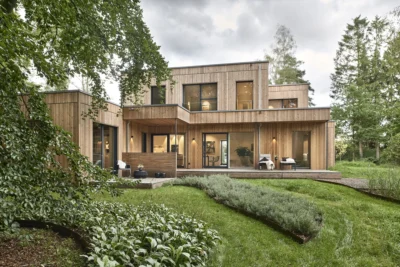





Comments are closed.